Why does a spring lose its energy when compressed for a long time?
A spring loses its energy when compressed for a long time due to a phenomenon known as "creep." Creep is the slow deformation that occurs in a material over an extended period under a constant load or stress. In the case of a compressed spring, the internal structure of the spring material undergoes gradual changes, leading to a reduction in the spring's ability to store and release energy.
Here's a breakdown of the factors contributing to the loss of energy in a spring over time:
Material Deformation:
When a spring is compressed, the material experiences stress and undergoes deformation. Over time, the atomic and molecular structure of the spring material can rearrange or shift, causing a permanent change in its shape.
Plastic Deformation:
Prolonged compression may lead to plastic deformation, where the material does not return to its original shape after the load is removed. Instead, it retains some degree of deformation, resulting in a reduction of the spring's elastic properties.
Internal Friction:
Creep can cause changes in the internal friction of the spring material. As the atomic structure undergoes rearrangement, internal friction increases, leading to energy dissipation in the form of heat.
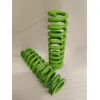
Material Relaxation:
Over time, the internal stresses within the compression spring material may relax, causing a reduction in the force required to maintain the compressed state. This relaxation contributes to a decrease in the spring's stored potential energy.
Additional resources:Why are slurry pumps essential for mining and mineral processing operations?
Tips for Selecting the Right Slurry Pump Based on Particle Size and Concentration
What is hydraulic directional control valve?
Natural Gas Y Strainer: Ensuring Optimal Gas Flow and Efficiency
What is API 6D ball valve?
Hydraulic Rubber Seal: Ensuring Efficiency and Reliability in Hydraulic Systems
Factors to Consider When Choosing a Filter Press Feed Pump
Temperature Effects:
Temperature can influence the rate of creep. Higher temperatures generally accelerate the process of creep, leading to faster deformation and a more rapid loss of energy in the compressed spring.
Load Magnitude:
The magnitude of the applied load also plays a role. Higher loads can accelerate the creep process, causing more pronounced changes in the spring material over time.
Spring Design and Material Choice:
The specific design and material composition of the spring can impact its susceptibility to creep. Some materials exhibit more resistance to creep than others, and certain spring designs may mitigate the effects of prolonged compression.
It's important to note that not all springs experience the same degree of creep, and the rate of energy loss can vary based on factors such as material properties, load conditions, and environmental factors. Manufacturers often consider creep resistance when designing springs for specific applications, choosing materials and configurations that minimize the long-term effects of deformation.
In practical terms, understanding the potential for creep is essential in applications where maintaining consistent spring performance over an extended period is critical. Regular inspection and replacement of vehicle springs that are subject to prolonged compression help ensure the continued reliability and functionality of the spring in various mechanical systems.
What is the difference between rigid and flexible flange coupling?
What is the difference between a slurry pump and a water pump?
Advantages and Applications of Vertical Slurry Pumps
What is the use of high pressure lined slurry pump?
The Benefits of Investment Casting
How precise is investment casting?
What is a sealing gasket and its purpose?
294
0
0
Related Articles
-
288
0
0
-
330
0
0
-
299
0
0
-
302
0
0
-
291
0
0
-
302
0
0
-
277
0
0
-
303
0
0

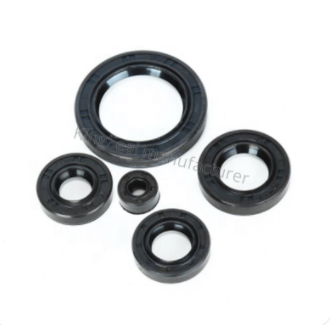
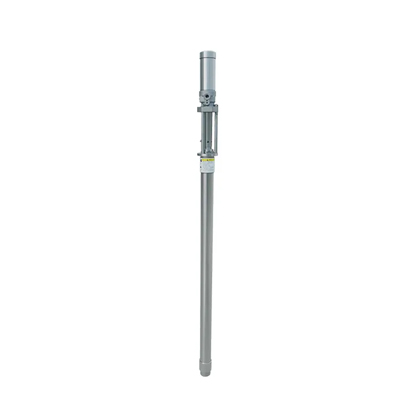
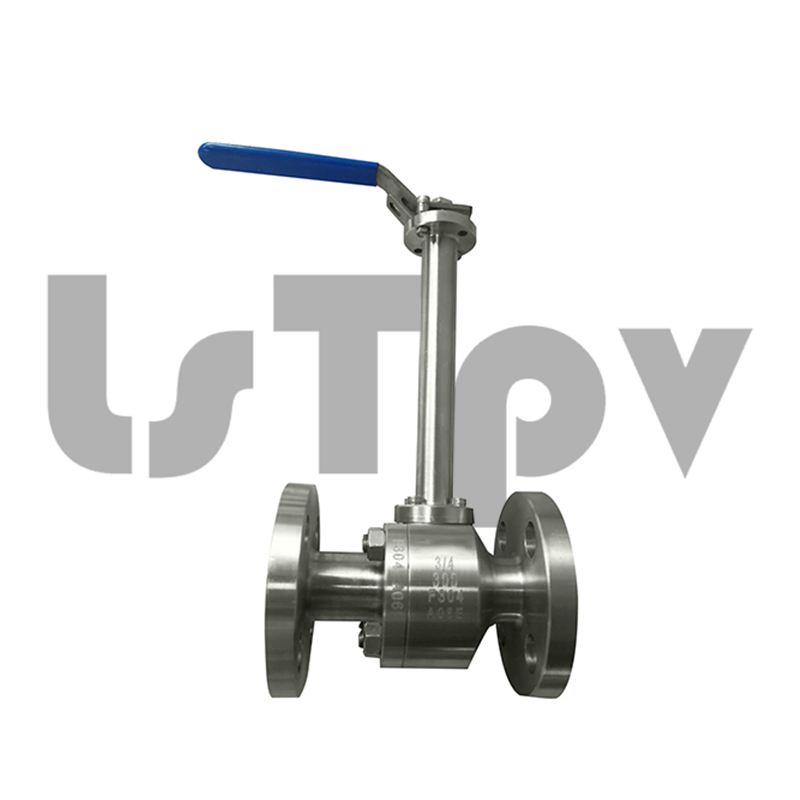
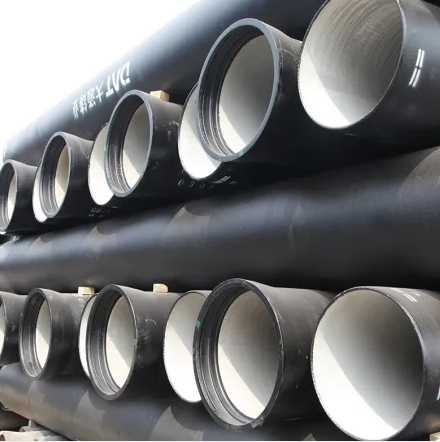
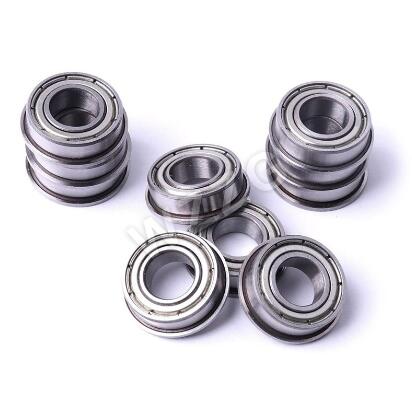
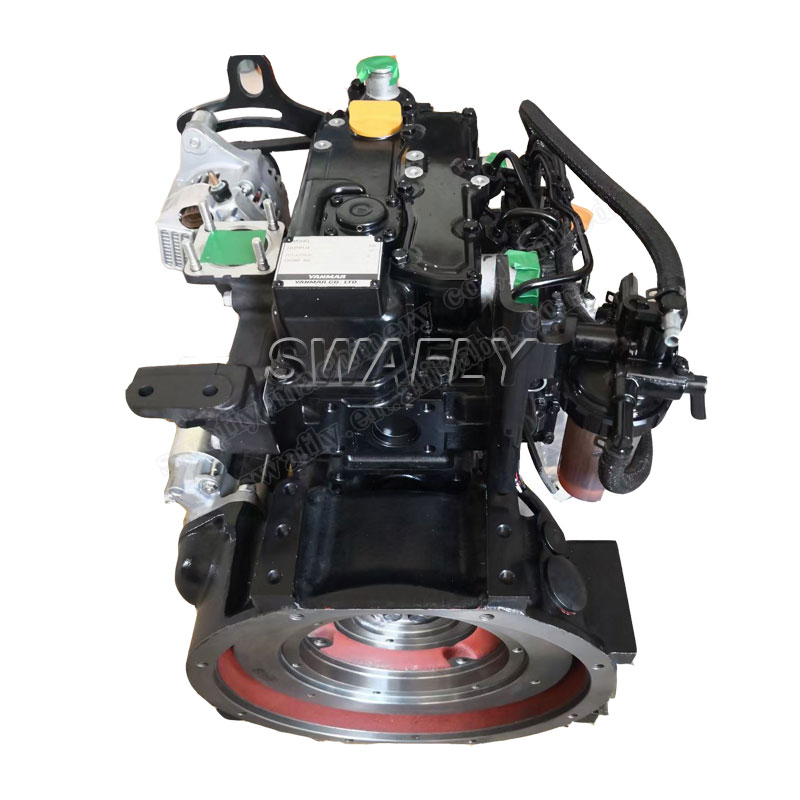
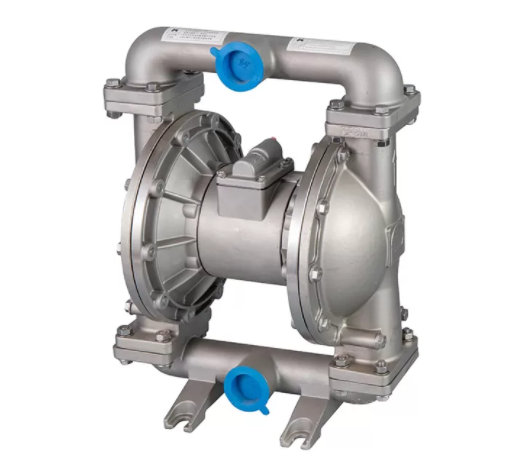
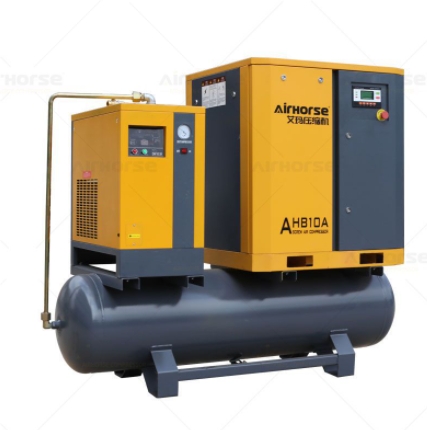
Comments
All Comments (0)